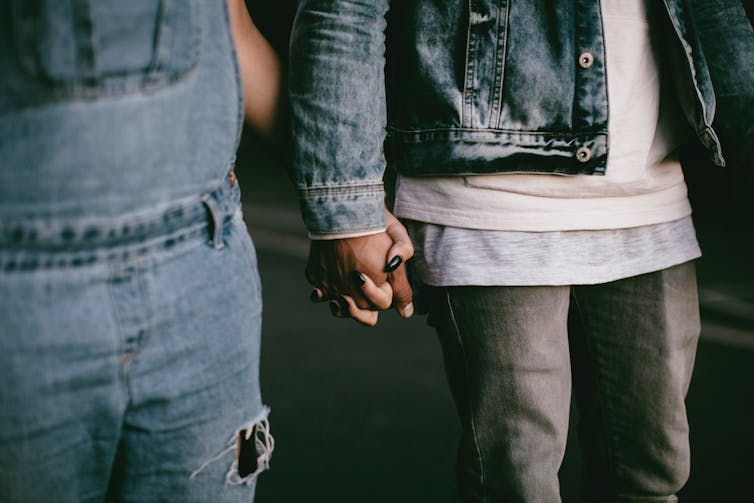In Season 6 of the award-winning TV series, Homeland (2011-2020), a Jewish American, Saul Berenson (played by Mandy Patinkin) visits his sister, Dorit, (Jacqueline Antaramian) in Israel. Dorit is a settler and a Zionist. Saul is not.
The two sit and reminisce about happier times. The conversation then veers towards Dorit’s deceased husband, Moishe, who decided to build their house on the very edge of the West Bank overlooking an Arab ghetto. The exchange goes something like this:
Dorit: Moishe chose this spot so that the Arabs could see us every day and know we’re never leaving.
Saul: Moishe and I saw things differently.
Dorit: He was my husband. You could have tried to understand his point of view.
Saul: Did he try to understand mine?
Dorit: You could have bent a little for my sake
Saul: There’s no bending with a fanatic. (Long pause) After you met him, you changed.
Dorit: Moishe opened my eyes to the false life that mother and father had us living. Exchanging Christmas presents with the neighbours, doing everything we could not to offend anyone with our Jewishness. Moishe made me proud to be a Jew.
Saul: He turned you against your family. He brought you to live in a place (Israel) that’s not yours, where you don’t belong! … Haven’t you driven enough people from their homes already? Bulldozed their villages, seized their properties under laws they had no part in making?
Dorit: You don’t understand, Saul, you never have. I love the life that God has given me!
Saul: How can you love making enemies? How can you live knowing that your very presence here makes peace less possible?
The conversation then takes a turn.
Dorit: I have a family, a community, a life filled with faith and purpose. Saul, what do you have??
The question catches Saul off guard. It’s a low blow, for Dorit knows Saul is struggling in his personal life and has just been through a bitter divorce.
The scene is pertinent in more ways than one. Not just because of its ongoing relevance to the ever-worsening Jewish-Arab conflict and the genocide in Gaza, but also because of its resonance with so many who have lost friendships and close relationships to political polarisation and the bigotry encouraged by deeply divisive figures in positions of power.
If there is one thing those standing against hate have had to learn, it is the truth of Saul’s words, “There’s no bending with a fanatic.”
Sticking to one’s convictions is not easy, because no one likes losing friends. But how does one have close relations with bigots, supporters of genocide, or those who simply refuse to use their critical faculties to question hate-filled propaganda? Does one step away from those whose values are at loggerheads with one’s own and walk a lonelier road? Or does one ‘compromise’ for the sake of friendship and companionship?
Dorit clearly considers her life superior to her brother’s when she asks him:
“I have a family, a community, a life filled with faith and purpose, Saul, what do you have??”
A family, a community and a life filled with faith and purpose all sound like wonderful things on the face of it, but Dorit’s declaration begs a little scrutiny. What kind of family and community is it? An inclusive and kind one? Or an insular and bigoted one?
Also, faith in who or what? The return of past greatness and glory (that never quite existed)? A despot promising the same?
And, what kind of purpose? A benevolent one based on the values of kindness, trust and large-heartedness? Or a malevolent one predicated on hating ‘the other’?
Author and activist Ijeoma Oluo expressed it well when she said, “We cannot be friends with those who actively support oppression and hate. Friendship requires a certain level of integrity.”
Or as comedian Jon Stewart puts it more bluntly, “If you’re a friend of a bigot, you’re a bigot.”
It is difficult and complicated to create distance from those we have been close to. But if those friendships have now become toxic because of bigotry, then we most likely do well to walk away from them. Our future selves will thank us for it.
Rohit Kumar is an educator, author, and independent journalist, and can be reached at letsempathize@gmail.com.
This piece was first published on The India Cable – a premium newsletter from The Wire & Galileo Ideas – and has been updated and republished here. To subscribe to The India Cable, click here.








